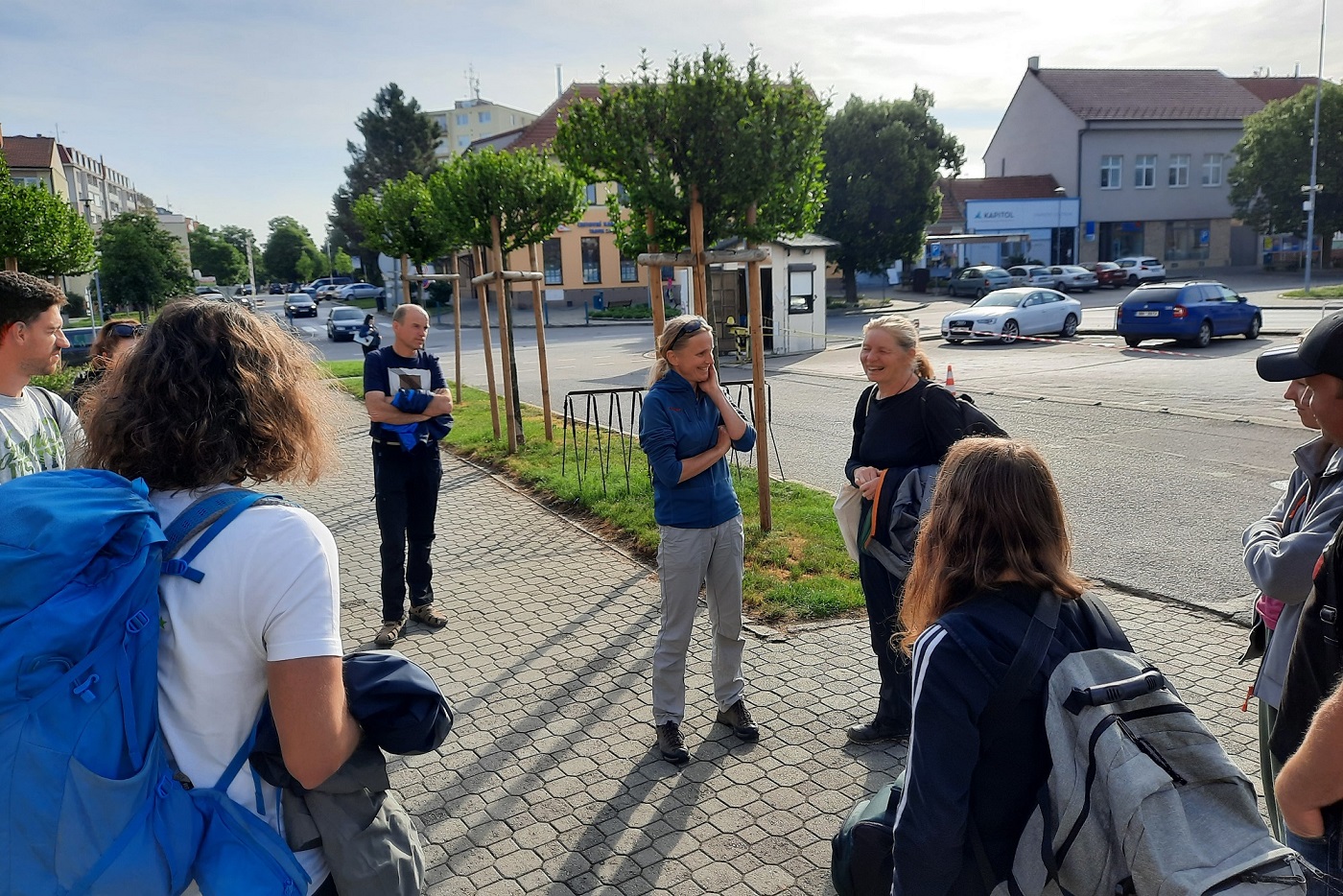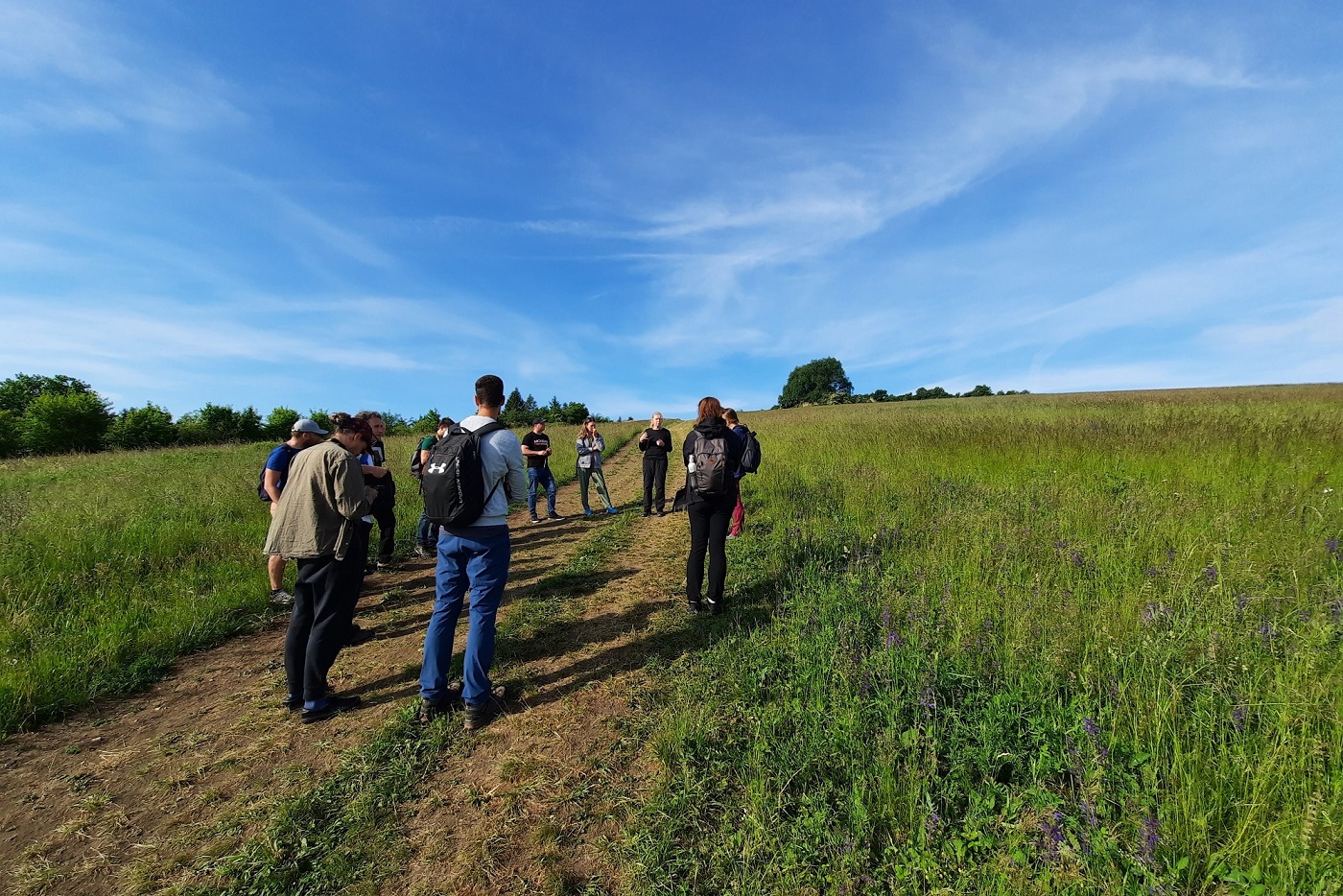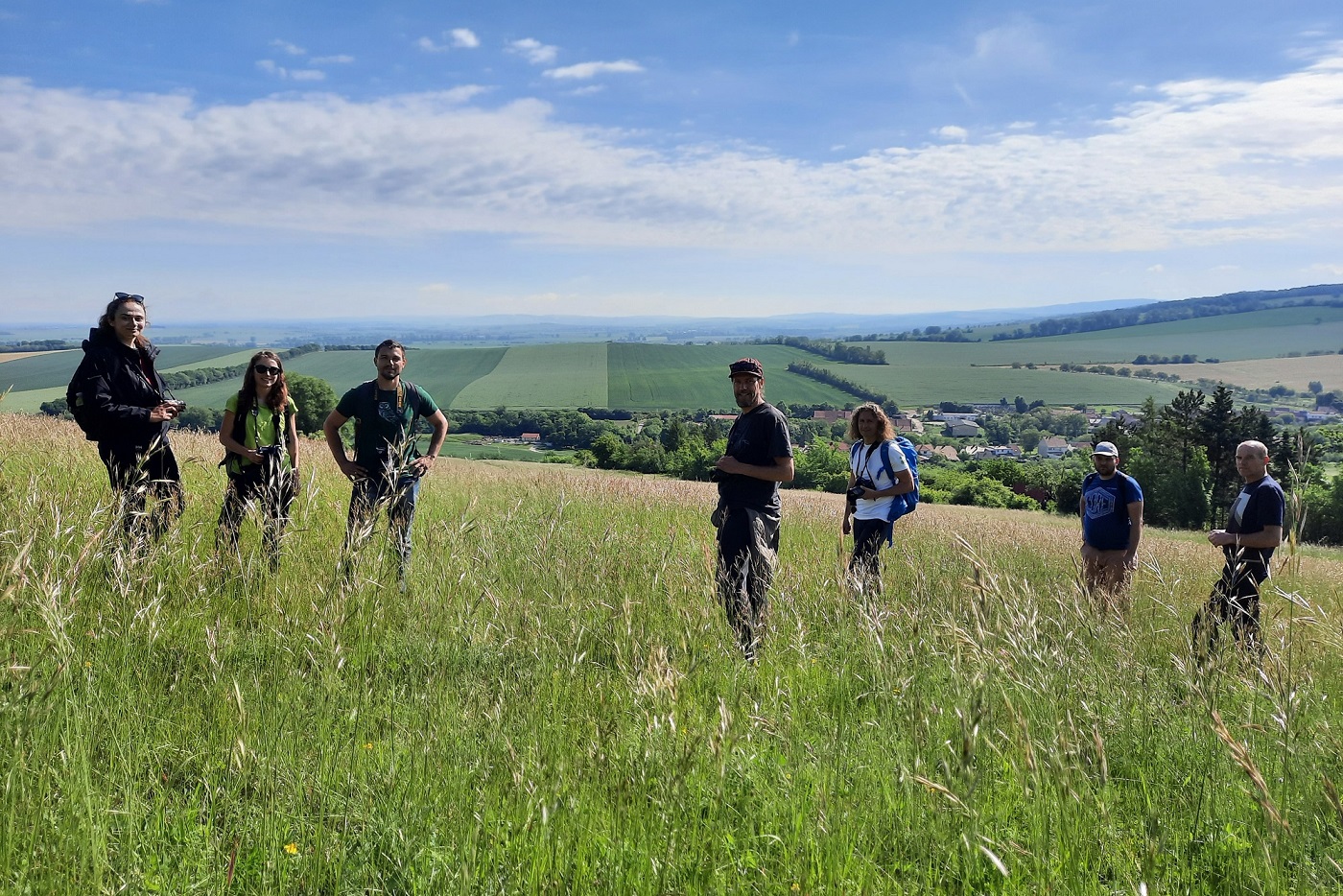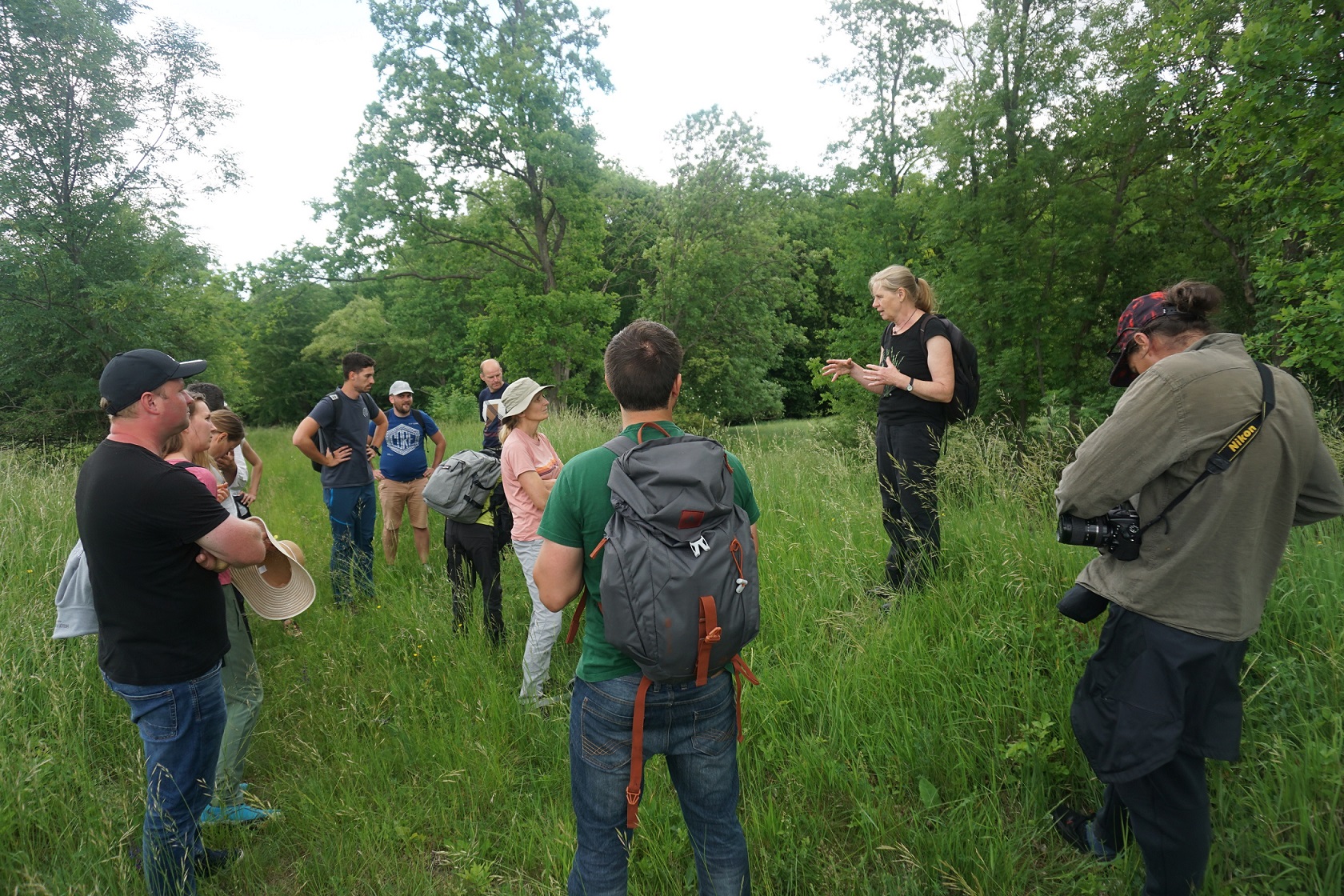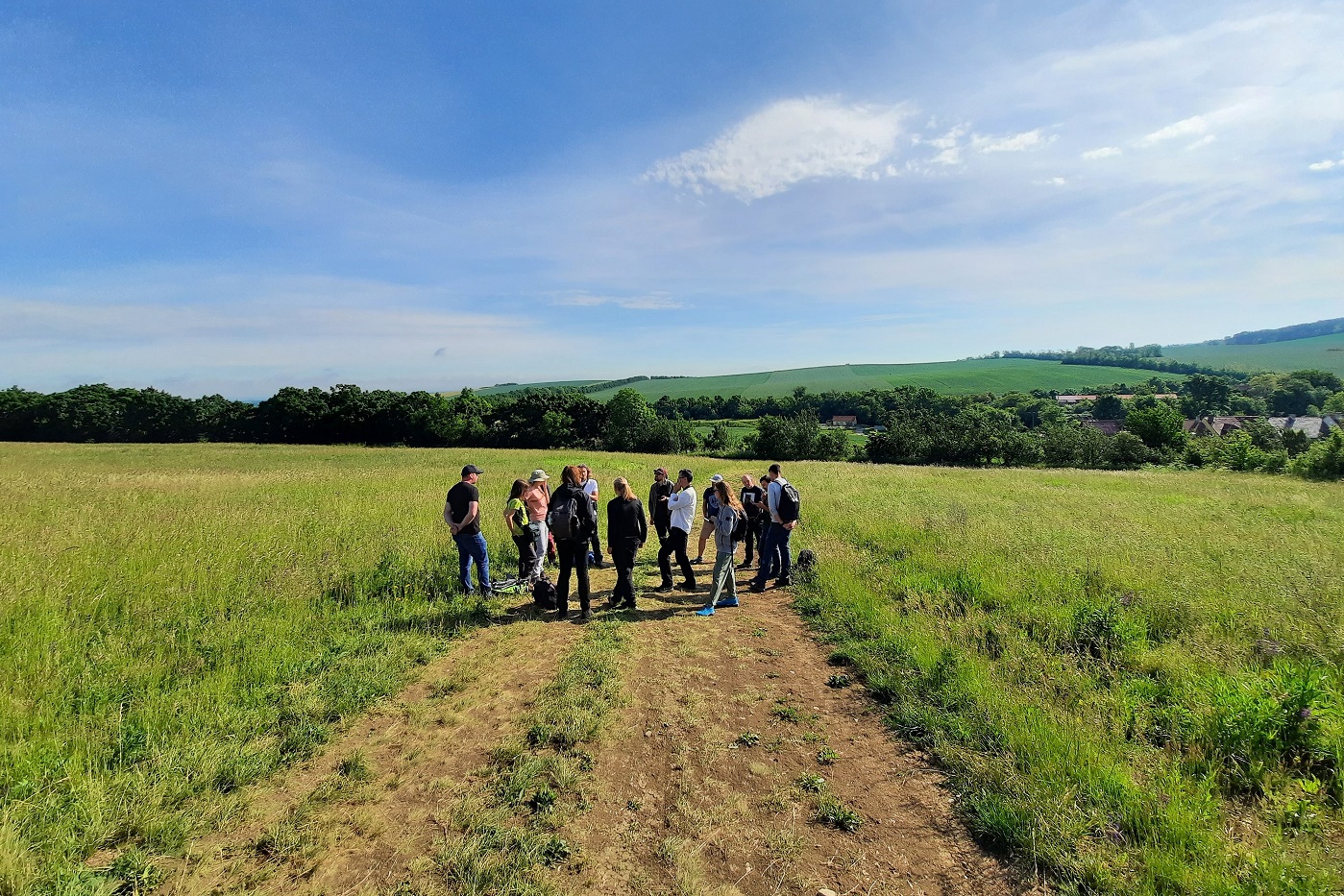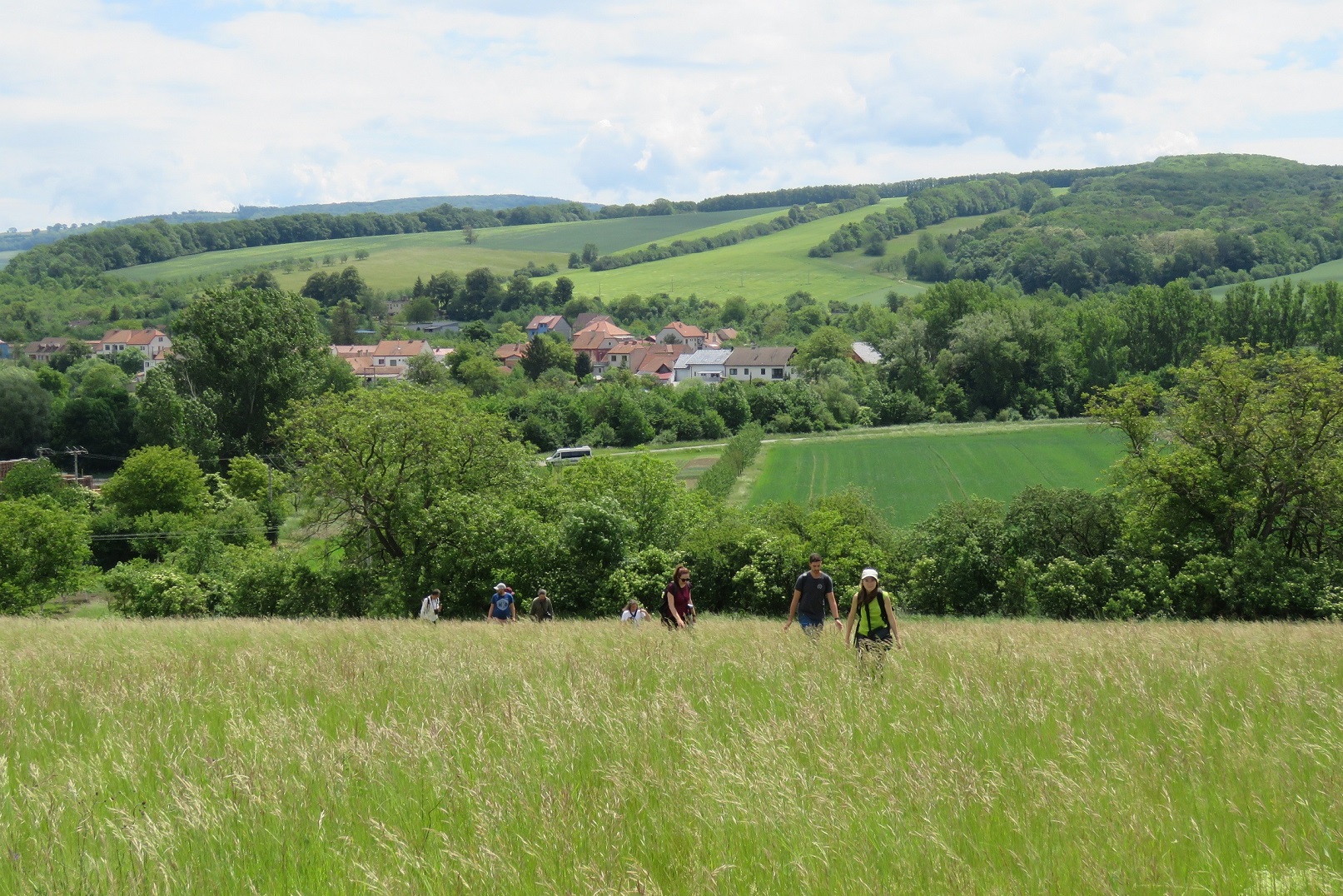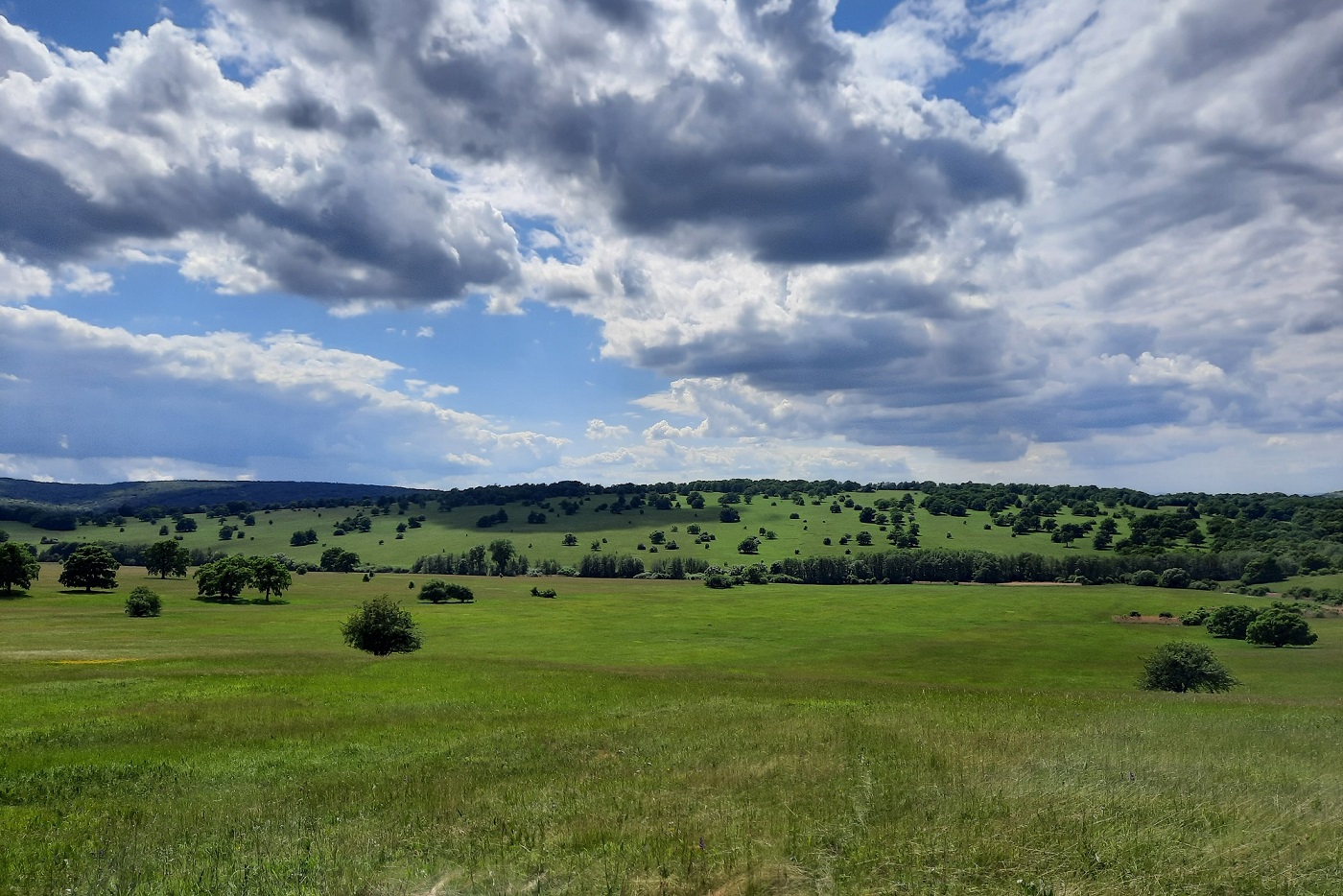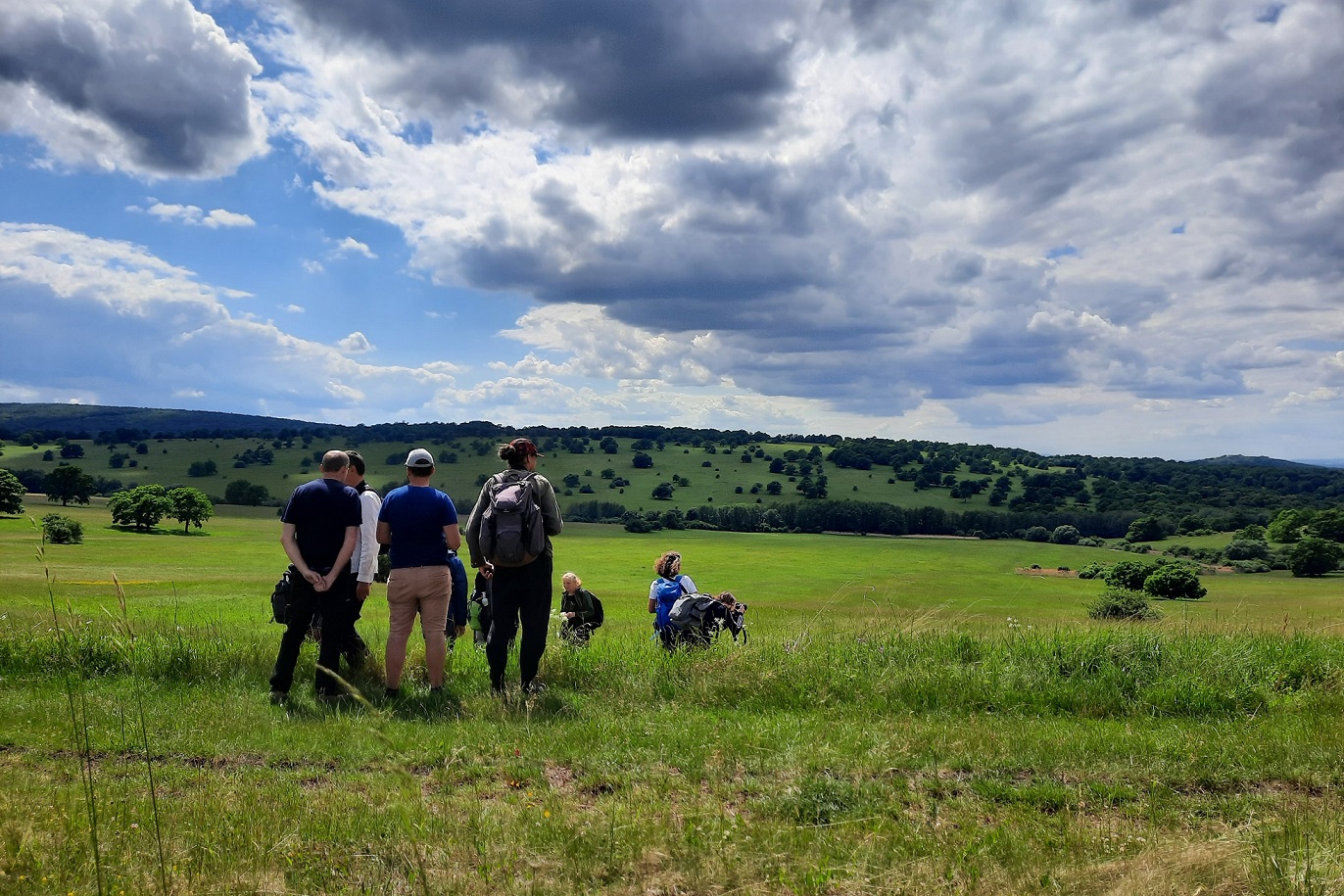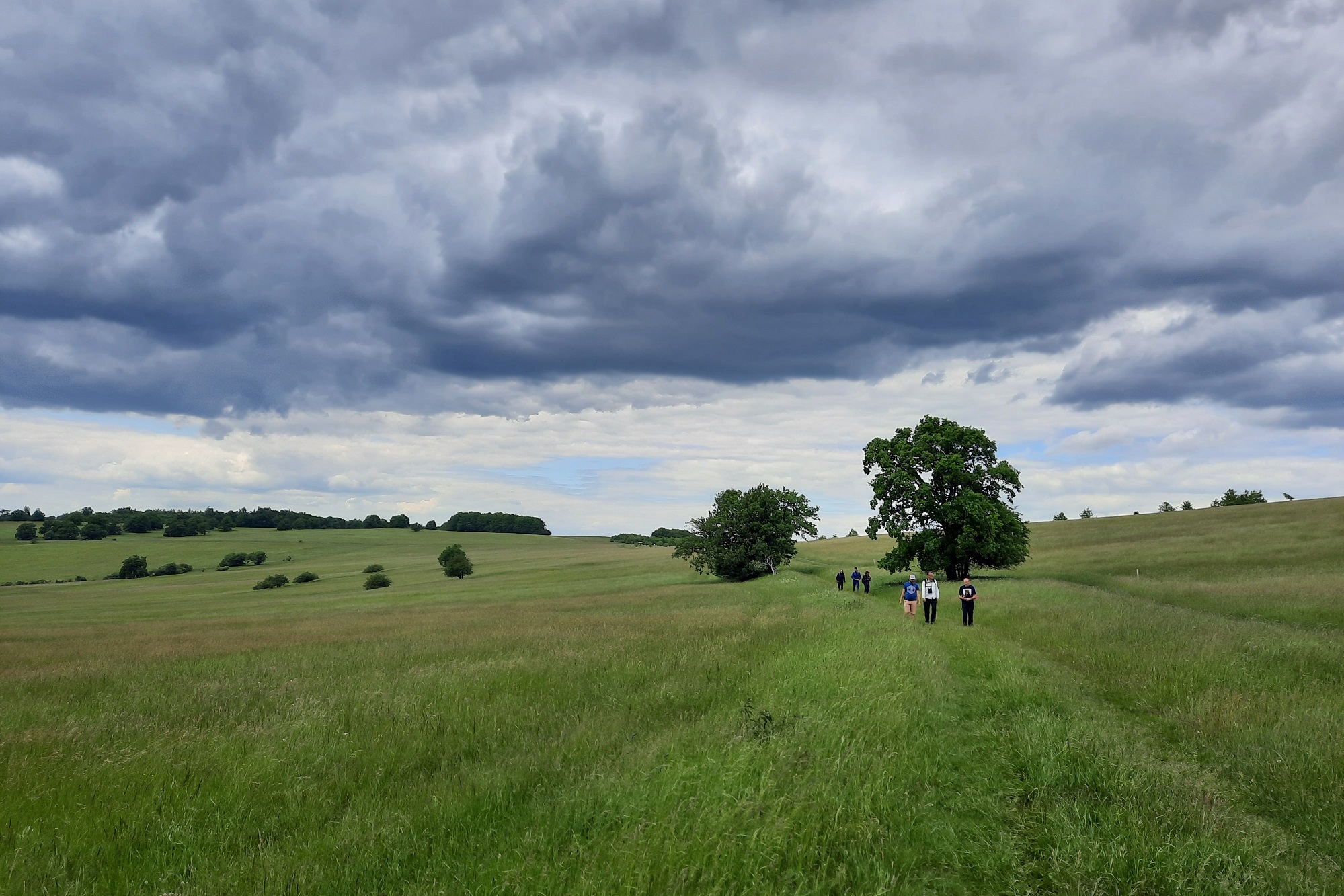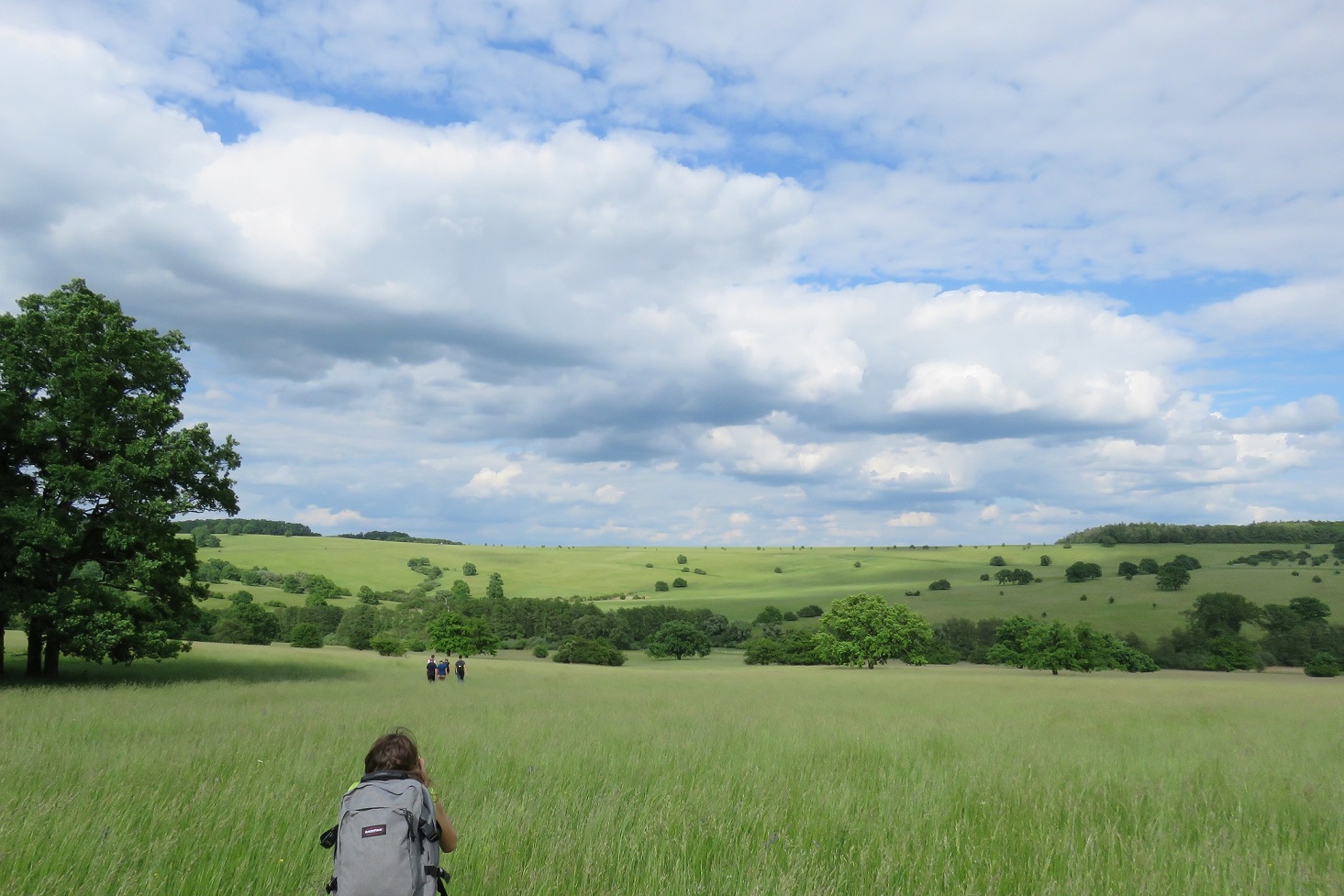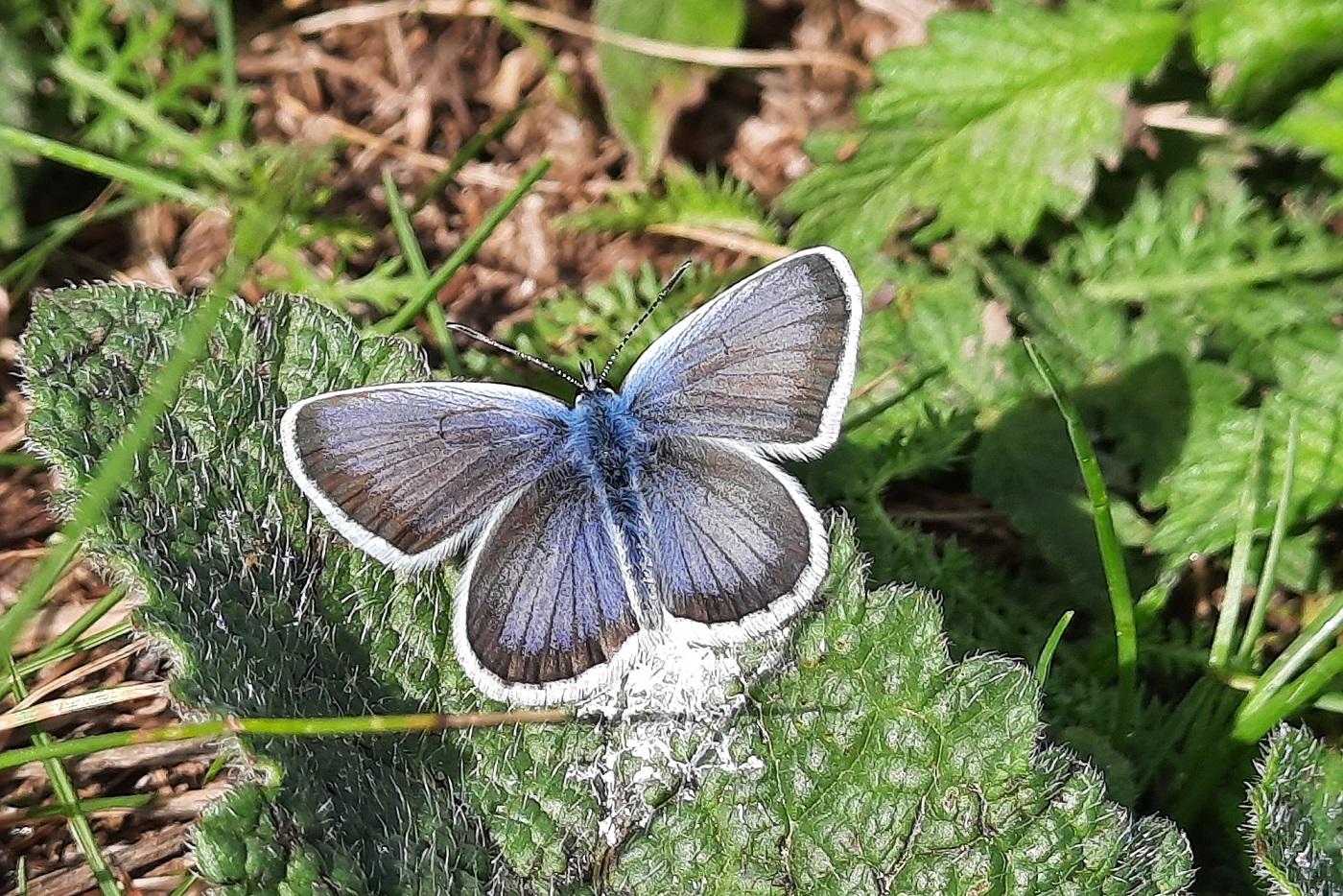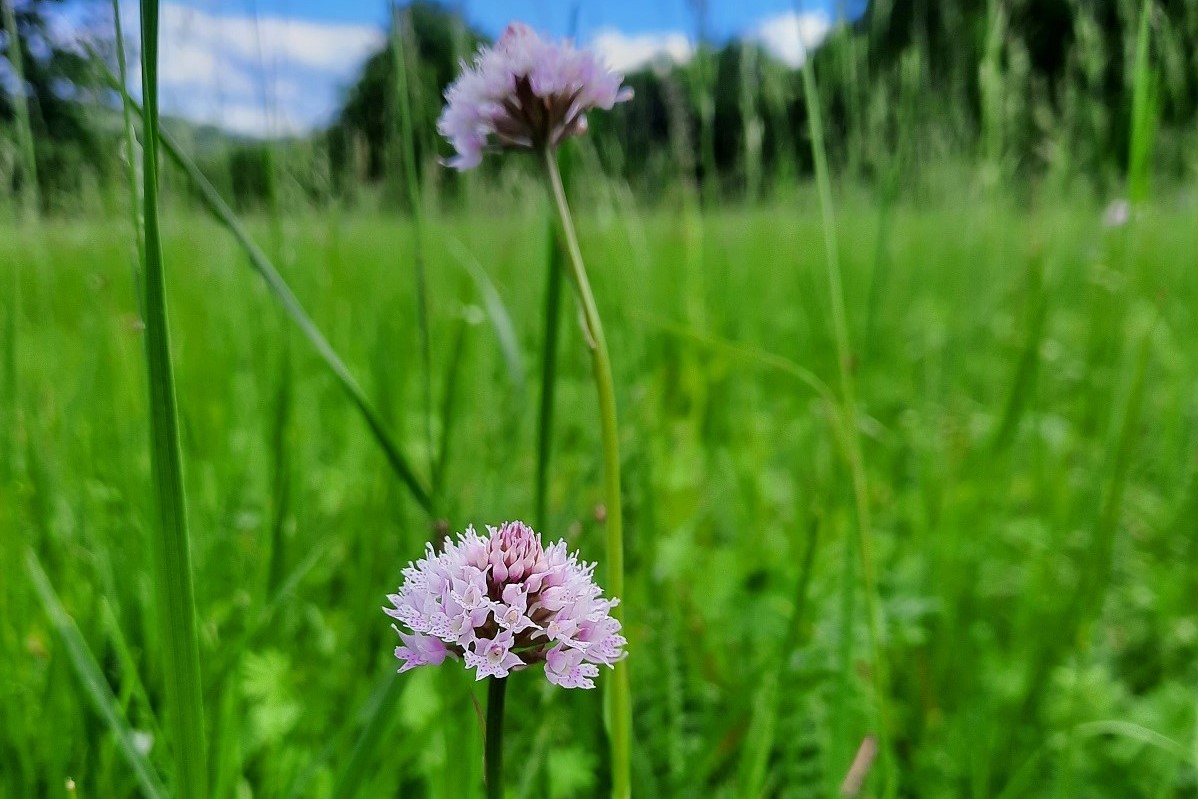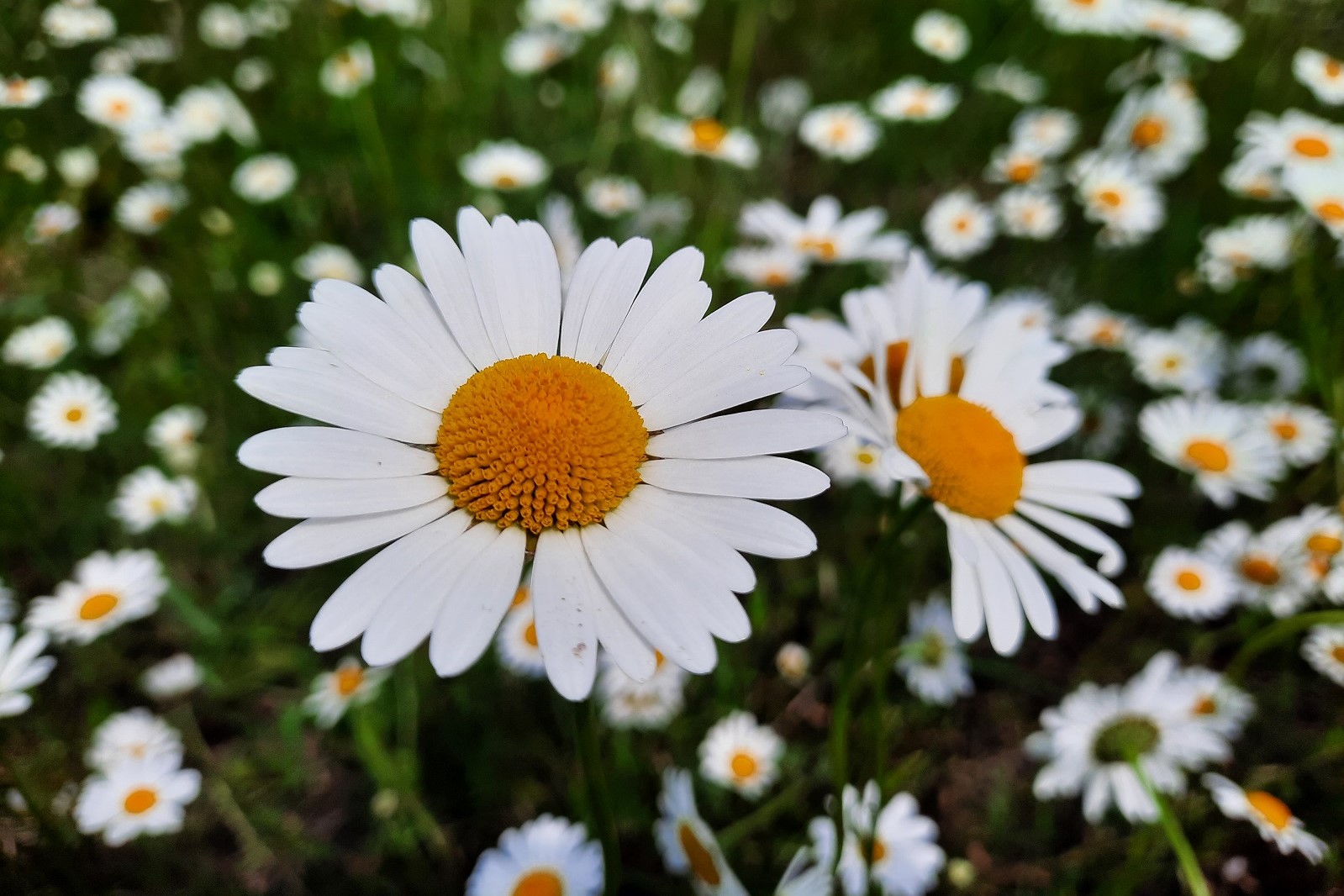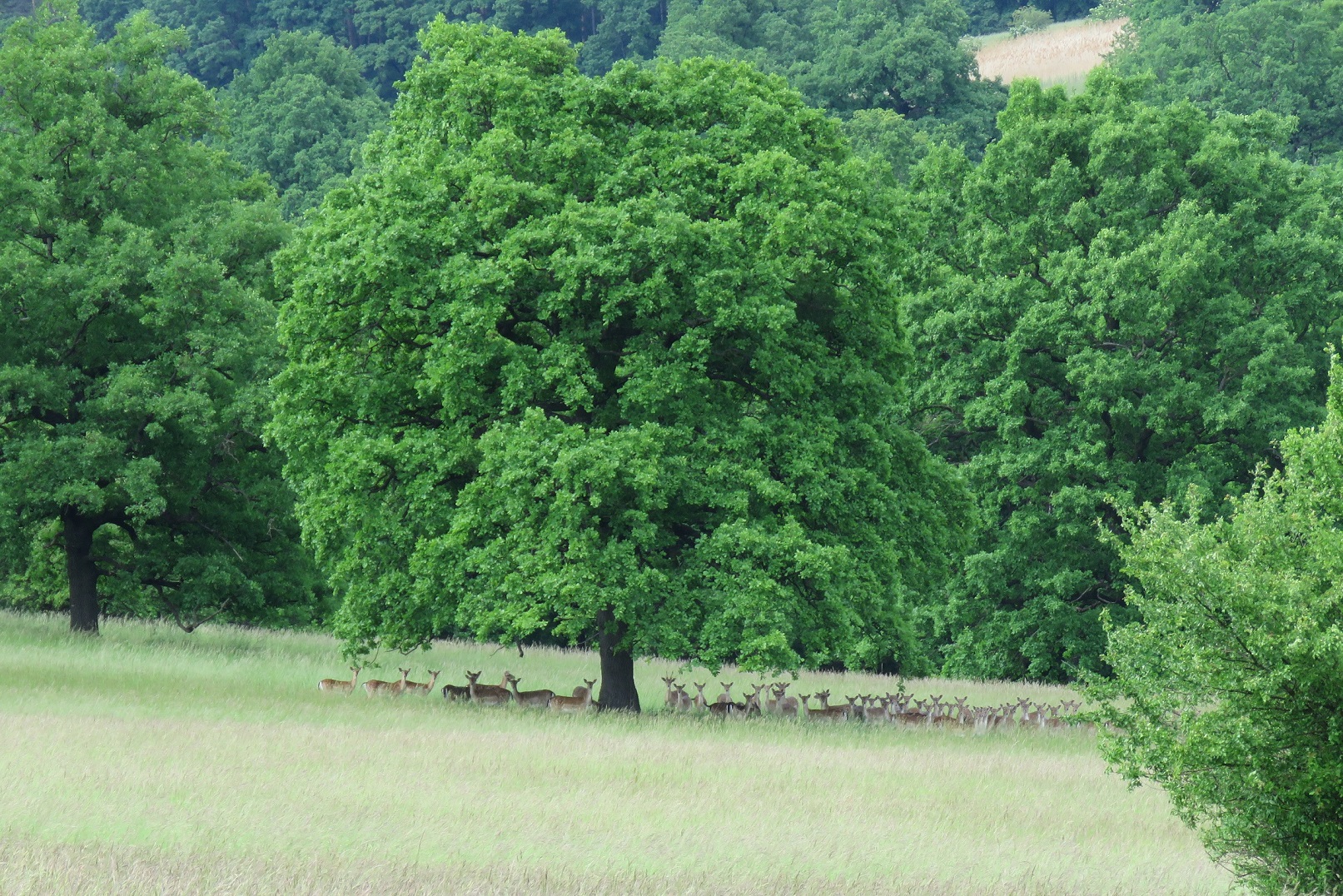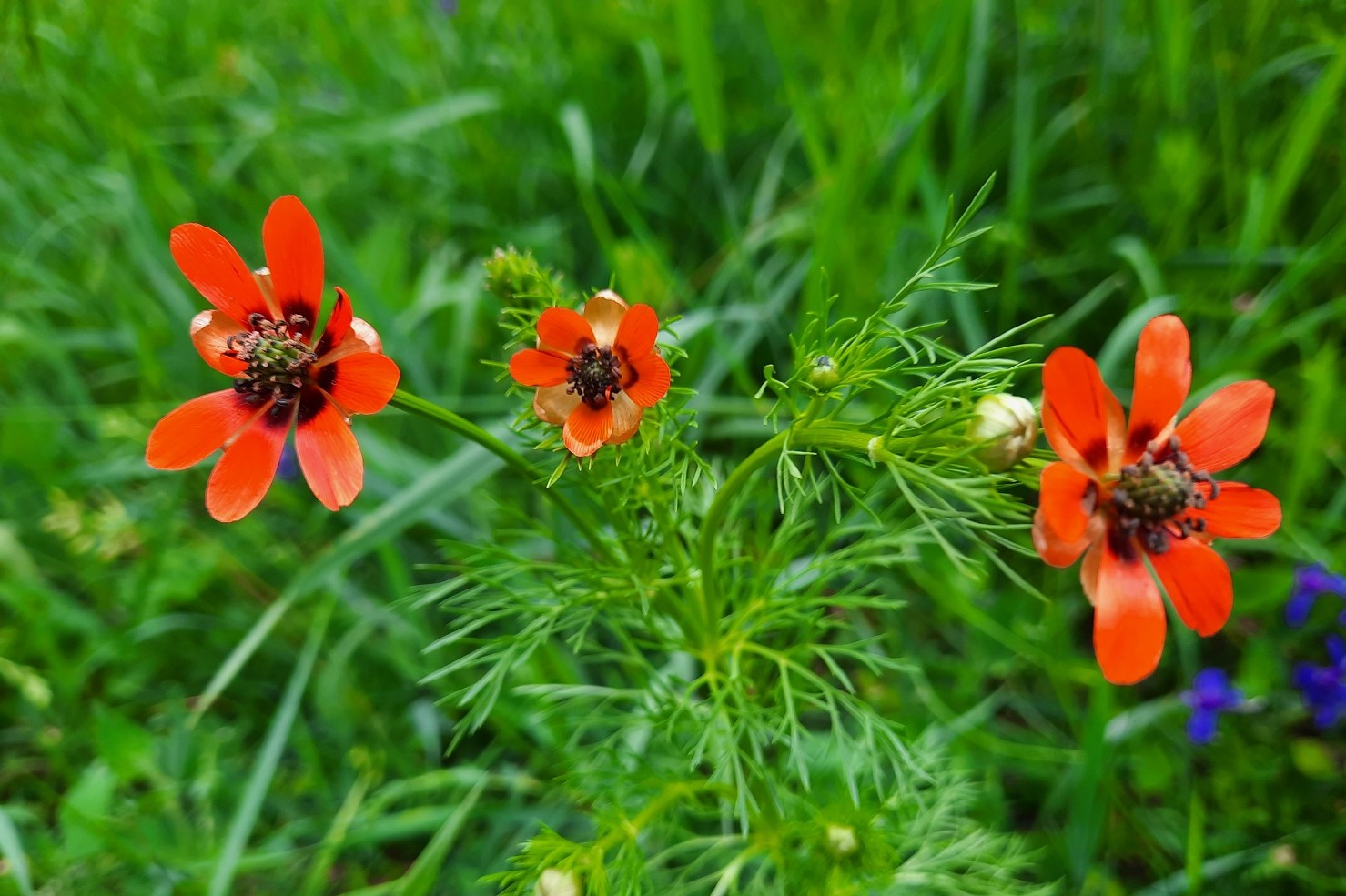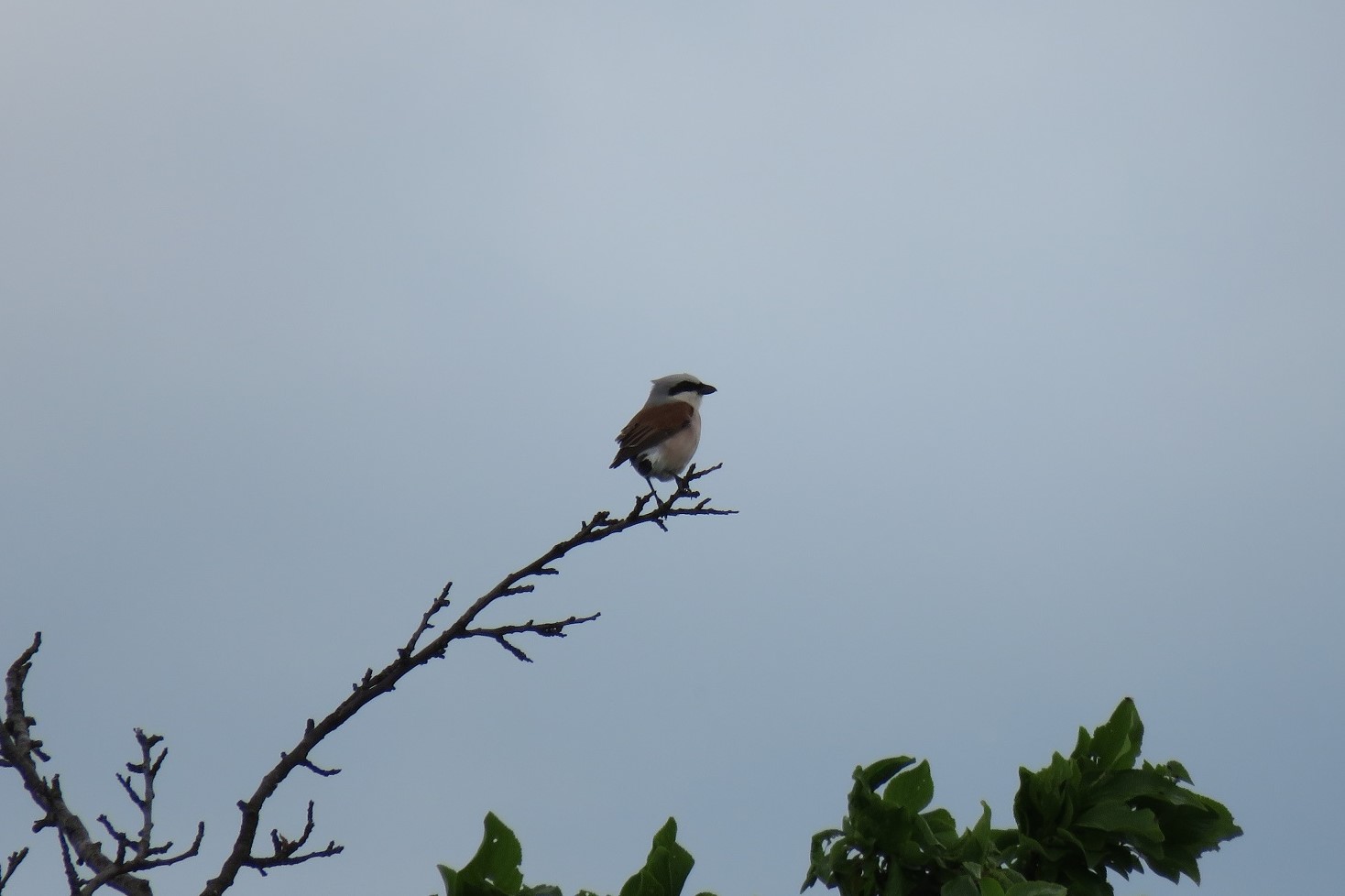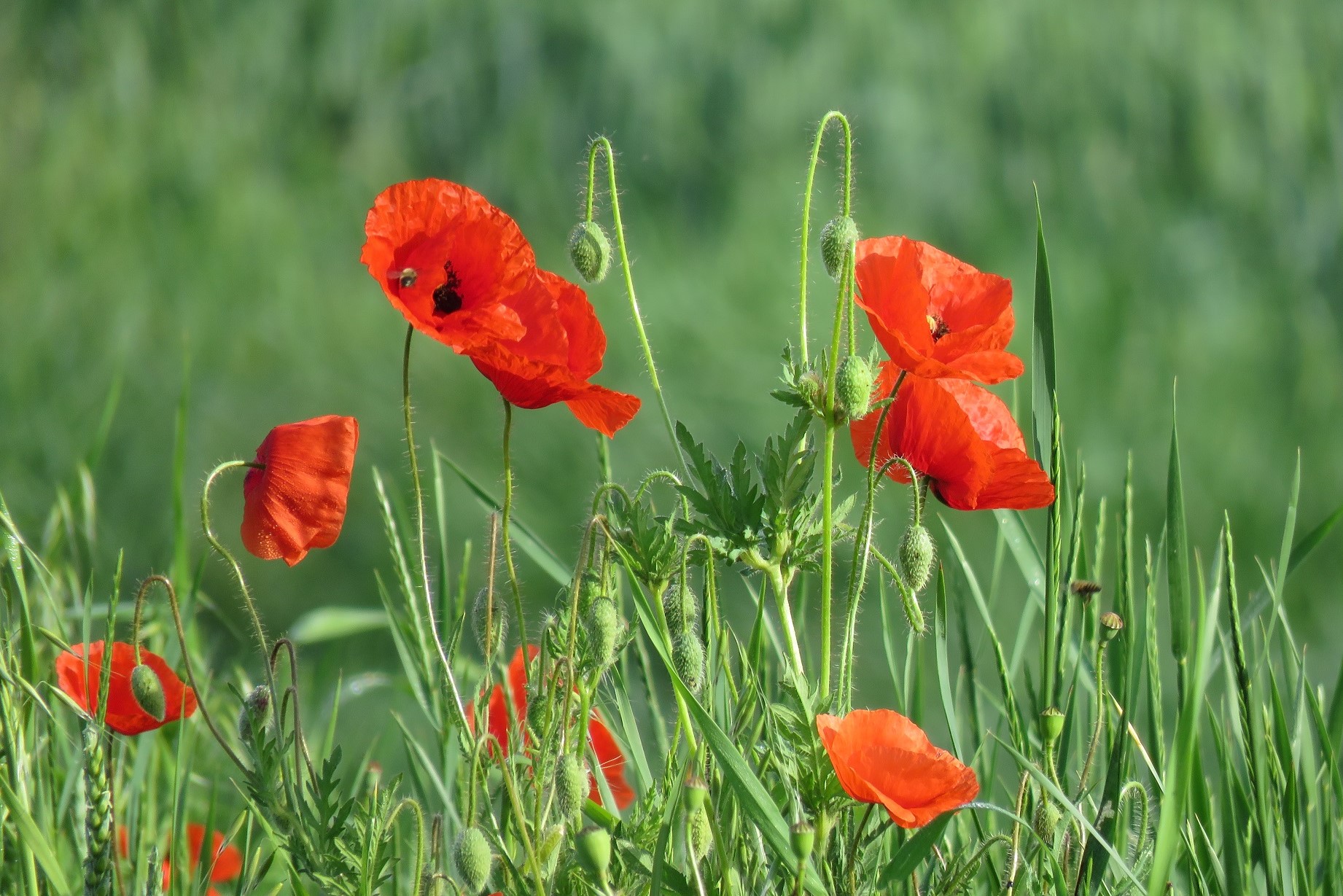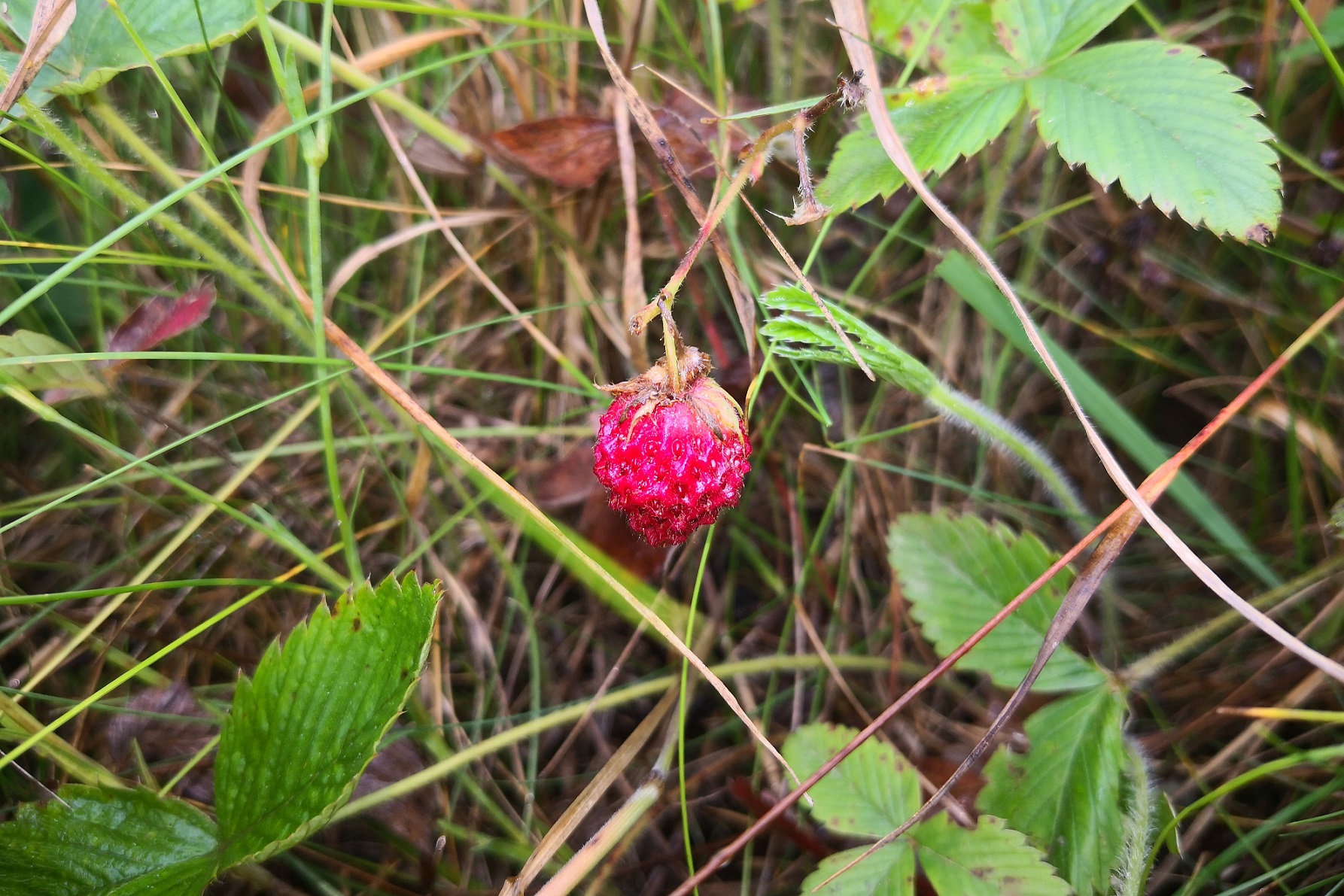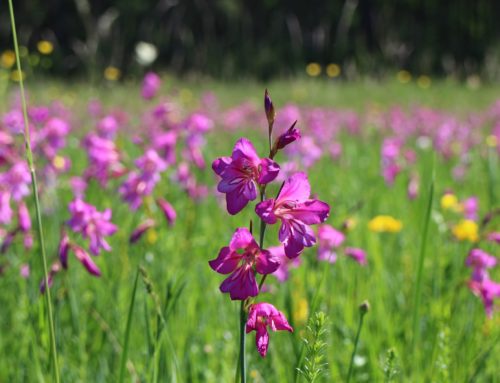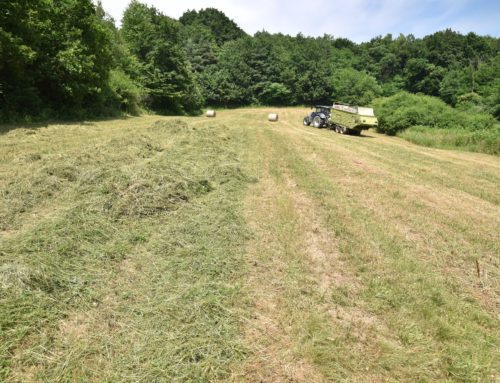During 25.-27. May we visited the Czech Republic, as part of action E2, to see restored grasslands in the White Carpathians in the SE part of the country. Our hostess was Mrs. Ivana Jongepierová, who works for the Nature Conservation Agency of the Czech Republic. At the same time she volunteers for an NGO that manages grasslands in the Nature Reserve Čertoryje.
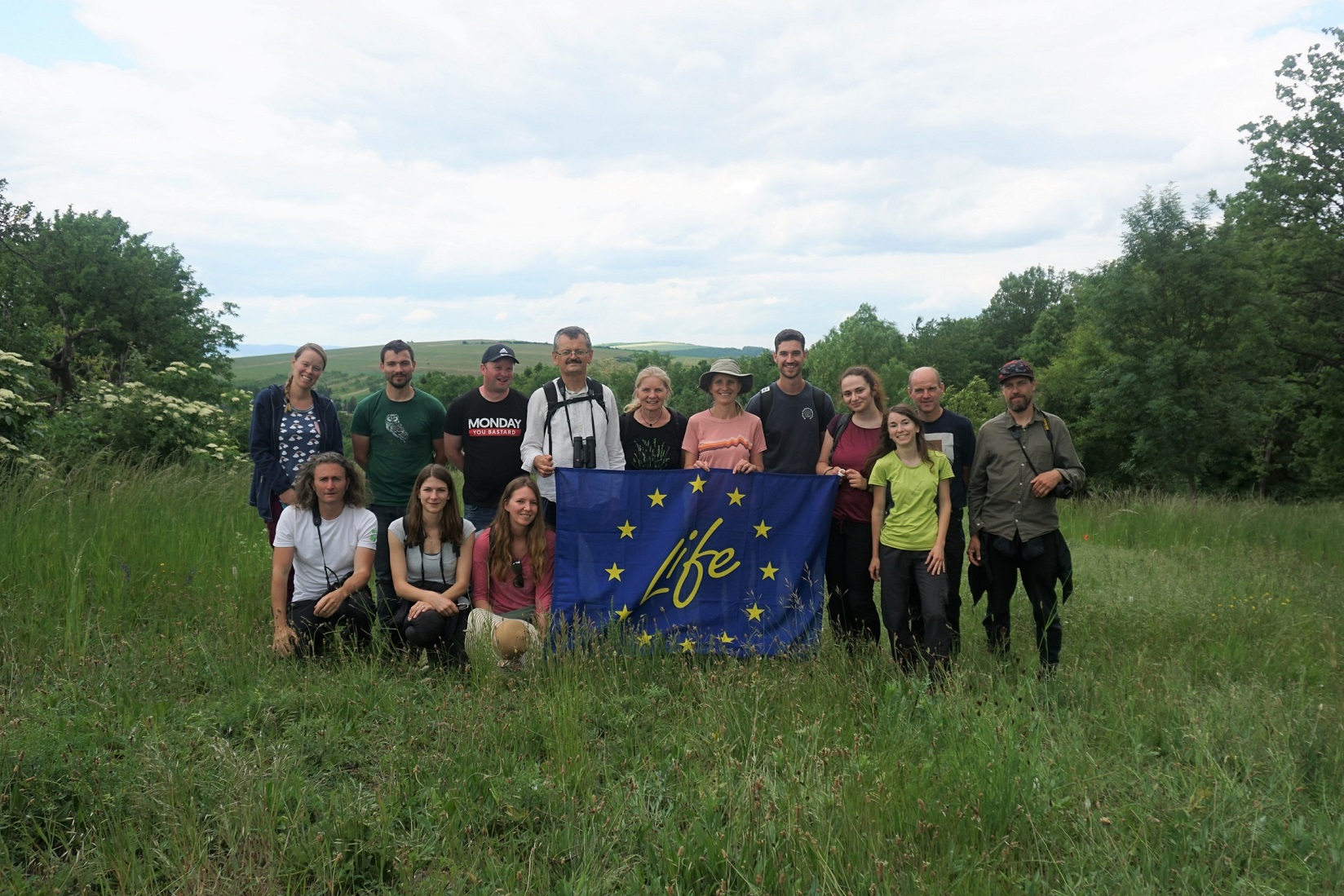
LIFE for Seeds
Grassland restoration in the White Carpathians began 30 years ago. Due to communist isolation from the rest of the world, they had to invent their own procedures and techniques. With the use of regional seed mixtures and green hay, and locally also spontaneous succession, they have so far restored 600 ha of grasslands from arable land. Farmers were willing to convert fields to grasslands due to heavy erosion, low crop yield and financial support from the Ministry of the Environment. Restored meadows are nowadays cut once per year, not fertilized and their hay used as fodder.
With regard to the time passed since the onset of restoration, soil conditions and method of restoration (seed mixtures or green hay) these meadows are now in different development phases with differing plant diversity. Some are indistinguishable from natural meadows to the layman’s eye! A very important component of restoration is regular grassland monitoring, where species composition as well as certain abiotic parameters are surveyed.
Mrs. Jongepierová revealed many details from grassland restoration, that will facilitate work on our project areas: what was the minimum amount of seed to be used for restoration, which yielded good results; seeds of which plants are most successfully harvested by brush harvesters; what is the optimal ration of grass and forb seeds in a seed mixture. But above all, she encouraged us to simply give time to our restored grasslands, because they will probably not achieve the desired state already at the end of our project.



